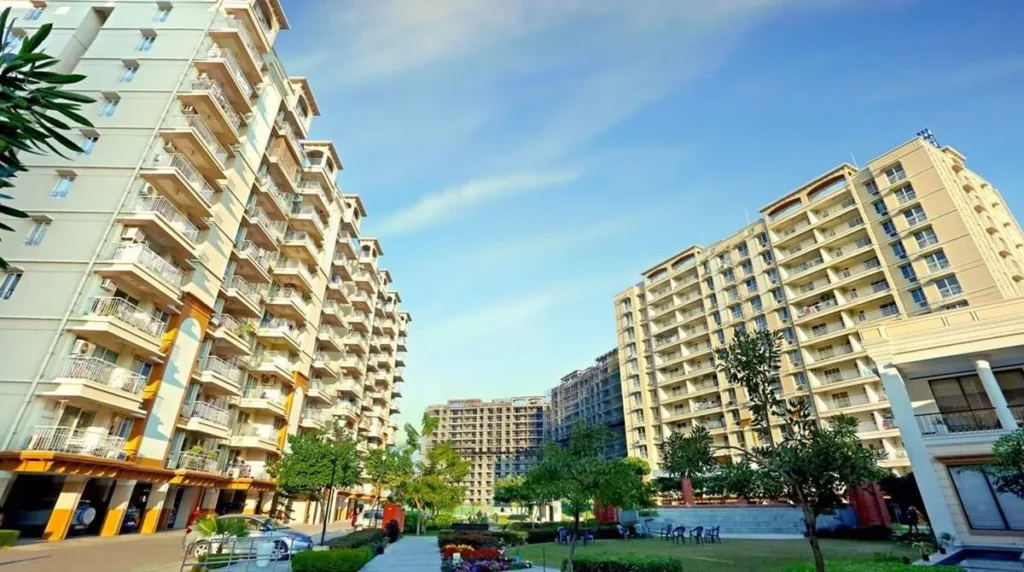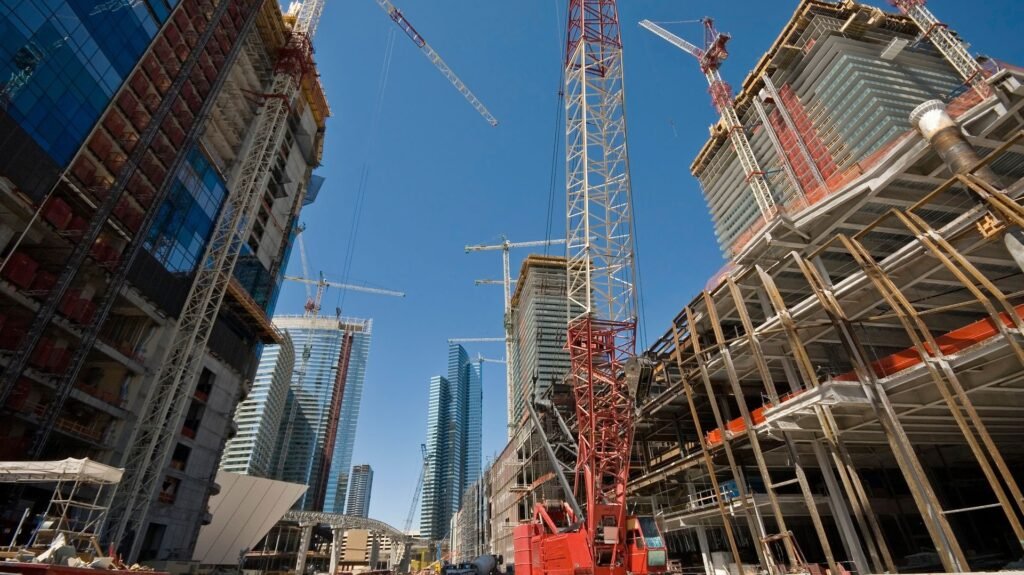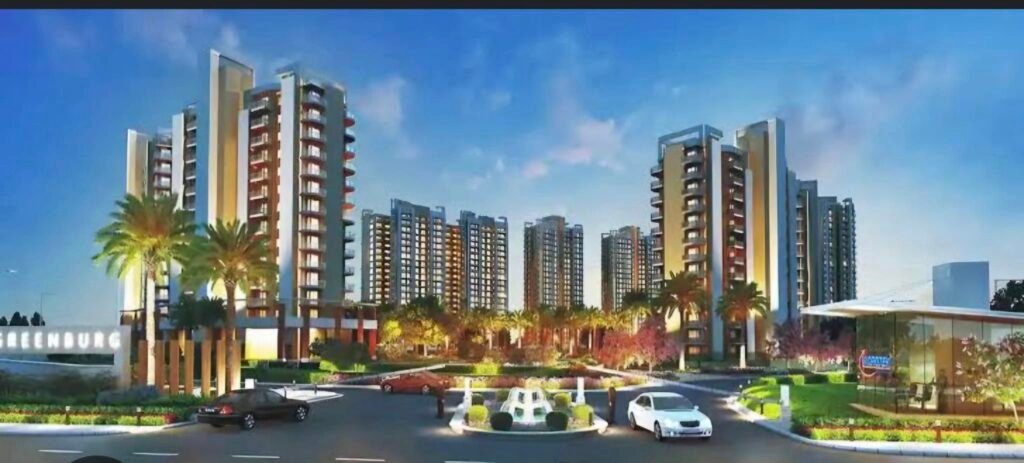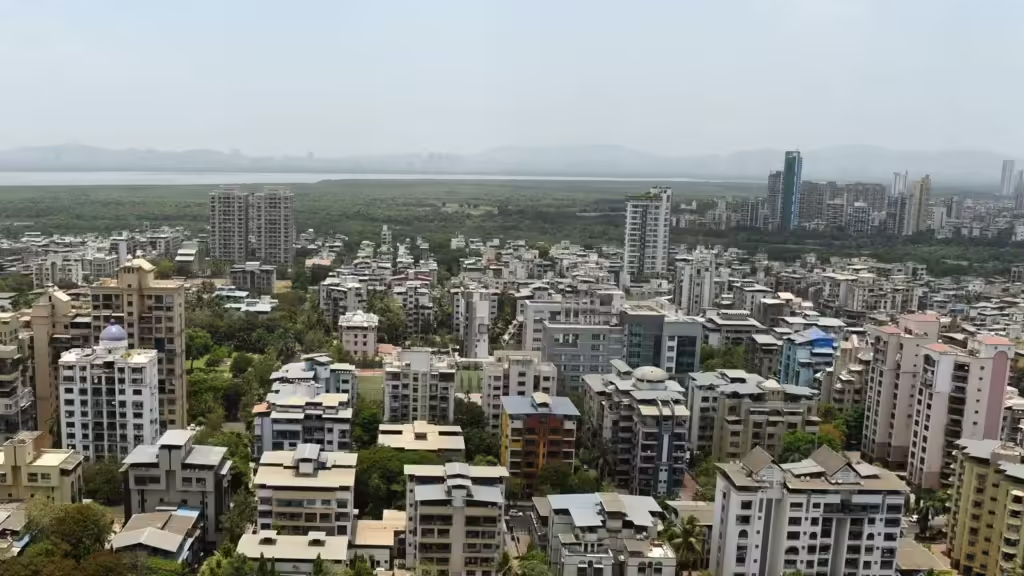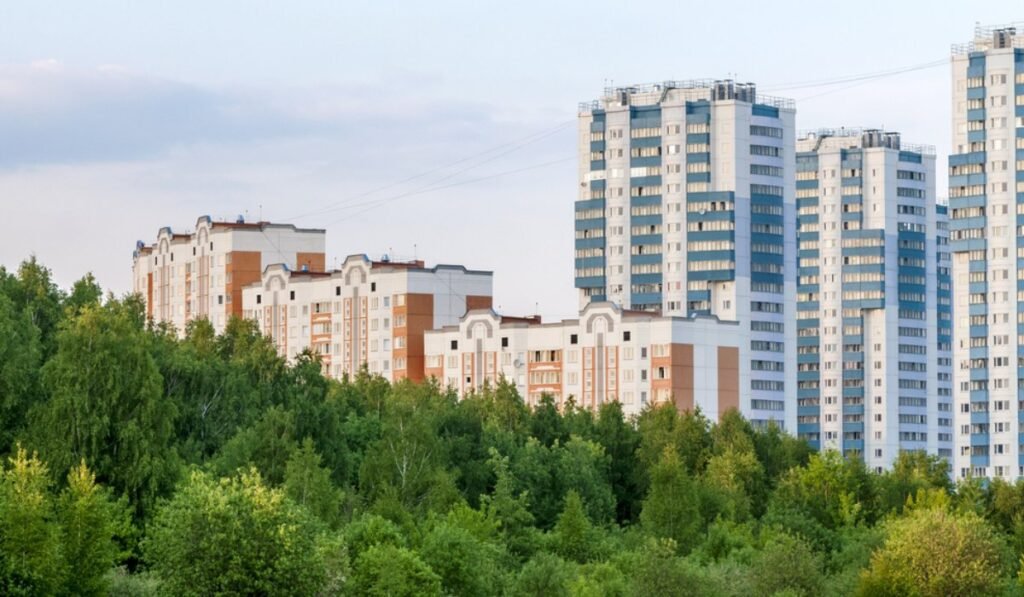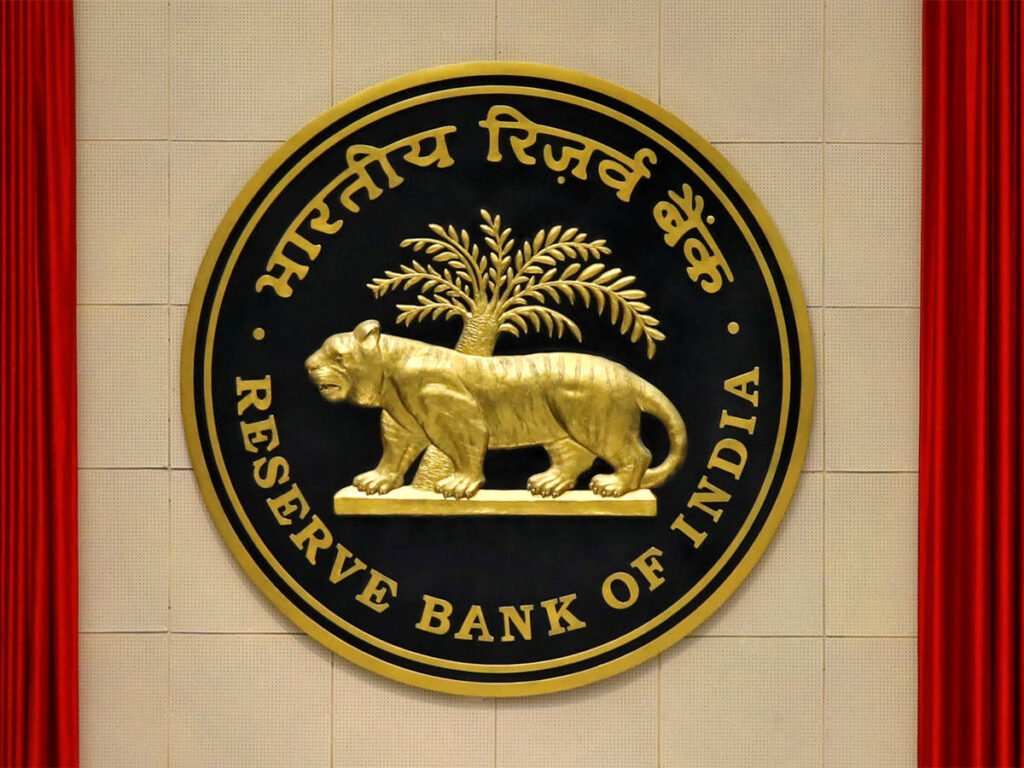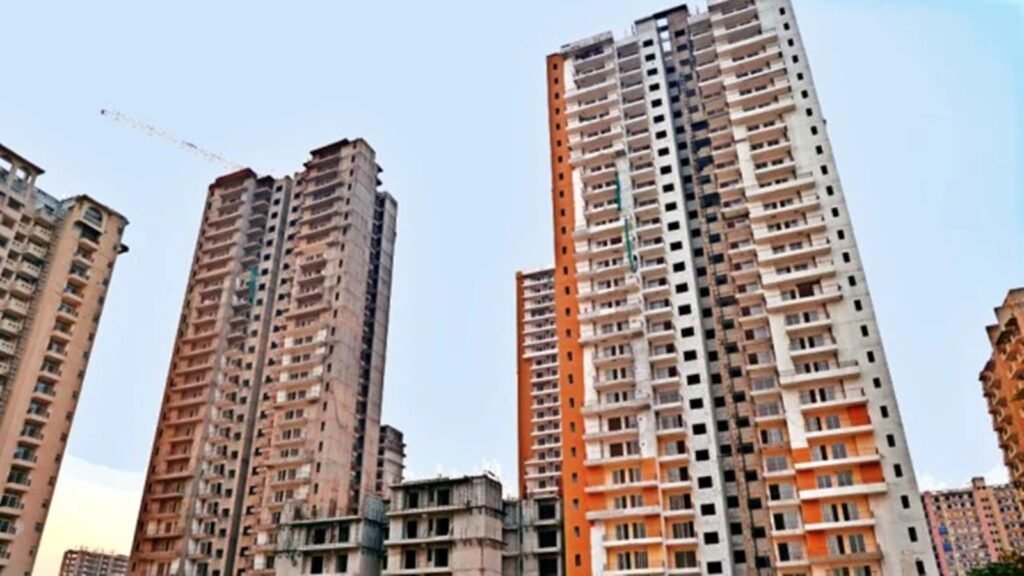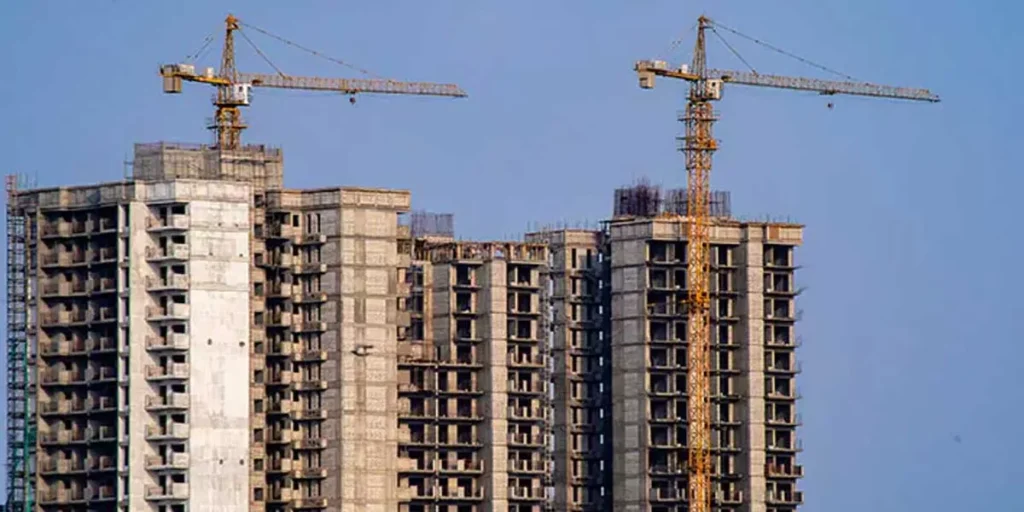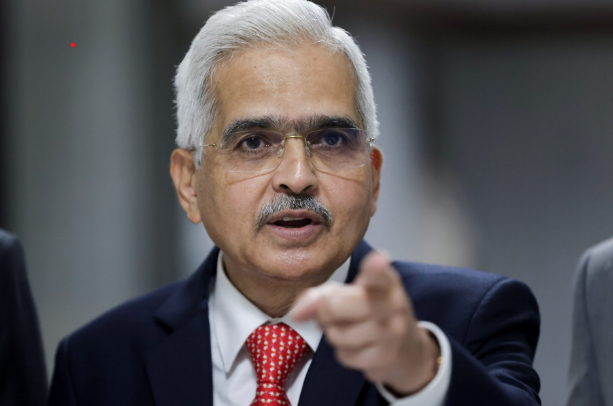India’s Office Space Market in 2024: Growth, Trends, and City-Wise Analysis

India’s Office Space Sector Sees Steady Growth in Demand and Supply
India’s office space market witnessed substantial growth in both occupancy and supply in the first half of 2024. Cumulative occupancy across major cities rose by approximately 7.3% from H1 2023 to H1 2024, with supply increasing by 6.4%. As a result, vacancy rates decreased by around 0.7% from 16.1% to 15.4%, indicating an overall strengthening of the market.
City-Wise Analysis: Growth and Challenges
Hyderabad led in occupancy growth at 9.5%, bolstered by an influx of talent and infrastructure development, though vacancy rose slightly to 17.6%, surpassing the national average.
Bengaluru, a tech and startup hub, saw 7% growth in occupancy and 6.8% in supply. With only a slight dip in vacancy rates, it remains a stable market.
Chennai experienced an occupancy rise of 7.9% and a vacancy reduction from 11.9% to 11.2%, maintaining its appeal due to competitive rental costs.
Kolkata had the lowest vacancy rate at 4.8% but showed the least growth in occupancy at 5.2%, indicating limited supply compared to demand.
Mumbai Metropolitan Region (MMR) saw steady growth in occupancy, with Navi Mumbai standing out due to a rental increase of 14.7% and a drop in vacancy from 26.3% in H1 2022 to 15.5% in H1 2024.
NCR exhibited the highest vacancy at 26.8%, despite high demand in sectors like Gurugram and Noida, which continue to attract investments.
Emerging Micromarket Trends and Rental Growth
Micromarkets within these cities have shown distinct patterns. In Mumbai, the upcoming Bandra-Kurla Complex (BKC) metro line is set to elevate occupier interest further. Gurugram in NCR witnessed substantial leasing interest in DLF Cyber City, Golf Course Extension, and Udyog Vihar, while Noida’s Sectors 135, 142, and 18 along the Noida-Greater Noida Expressway are seeing increased activity.
In Bengaluru, the Peripheral Business District (PBD) saw occupancy growth of 9.7% and rental growth of 3%, outperforming other regions. Hyderabad’s Central Business District (CBD) saw rental growth of 3.2% despite pressure from higher supply levels. Meanwhile, Chennai’s SBD remained dominant in occupancy, with rentals showing steady growth.
Regional Office Space Highlights
- Mumbai & Navi Mumbai: Demand remains strong, particularly in Navi Mumbai, where occupancy and rental growth have surged due to increased infrastructure and improved connectivity.
- NCR – Gurugram & Noida: With high vacancy rates, there’s room for growth, especially as new projects attract tech and corporate tenants.
- Bengaluru: Consistent demand from tech firms and startups solidifies its position as a leading commercial hub, with the city’s extensive infrastructure supporting long-term office space demand.
- Hyderabad: Despite rising vacancy, Hyderabad’s quality of life and infrastructure are drawing occupiers, with rental growth strongest in the CBD.
- Chennai: Attractive rentals and established infrastructure make it competitive, as new businesses find value in its affordable commercial spaces.
- Kolkata: Limited premium space has pushed up rents in Rajarhat and Salt Lake City, with occupancy remaining strong in these areas.
Future Outlook: Infrastructure and Market Dynamics
India’s office real estate market is expected to benefit from ongoing infrastructure projects, such as metro expansions in Mumbai, Pune, and Bengaluru, and new roads and transit facilities in Delhi NCR. These developments are likely to increase the accessibility of key business hubs and sustain demand for office spaces across cities. Additionally, while the supply pipeline remains high in some regions, selective micromarkets are emerging as competitive options, providing both investors and occupiers with diverse opportunities.
In summary, while vacancy rates vary significantly across cities, rising occupier demand and strategic infrastructure development continue to shape India’s office real estate landscape, making it an attractive sector for future growth.

 English
English 



























